Preview important milestones & actions.
Which Roadmap path is best for you?
Check below to see which description best captures you and click to see suggestions fashioned for your interest.
What is the Roadmap to the 2030 Census?
The Leadership Conference Education Fund and Census Counts developed the “Roadmap to the 2030 Census.” This resource includes U.S. Census Bureau milestones and concrete examples of ways community-based and advocacy organizations, state and local governments, and other partners can engage in census work throughout the decade.


